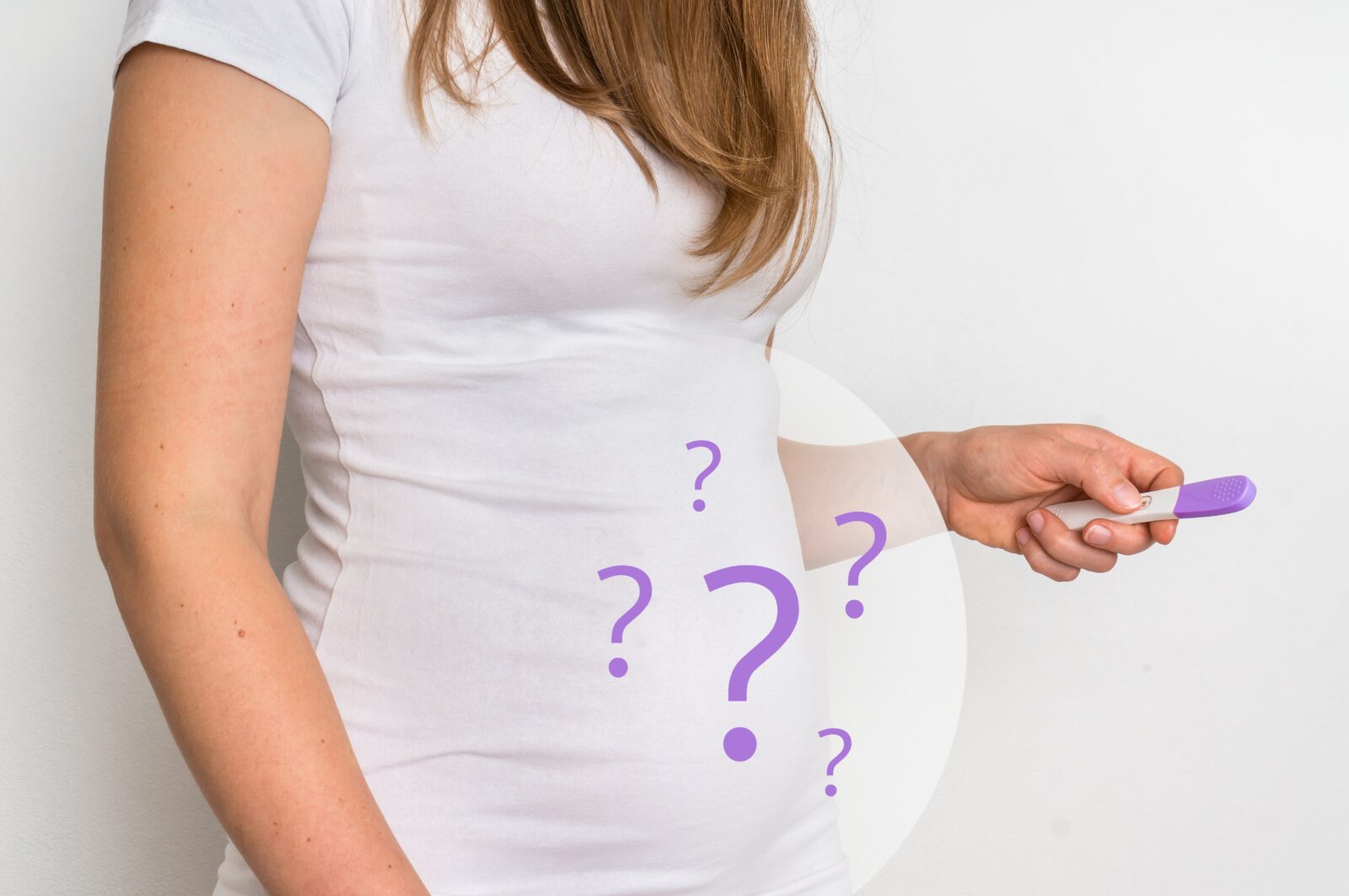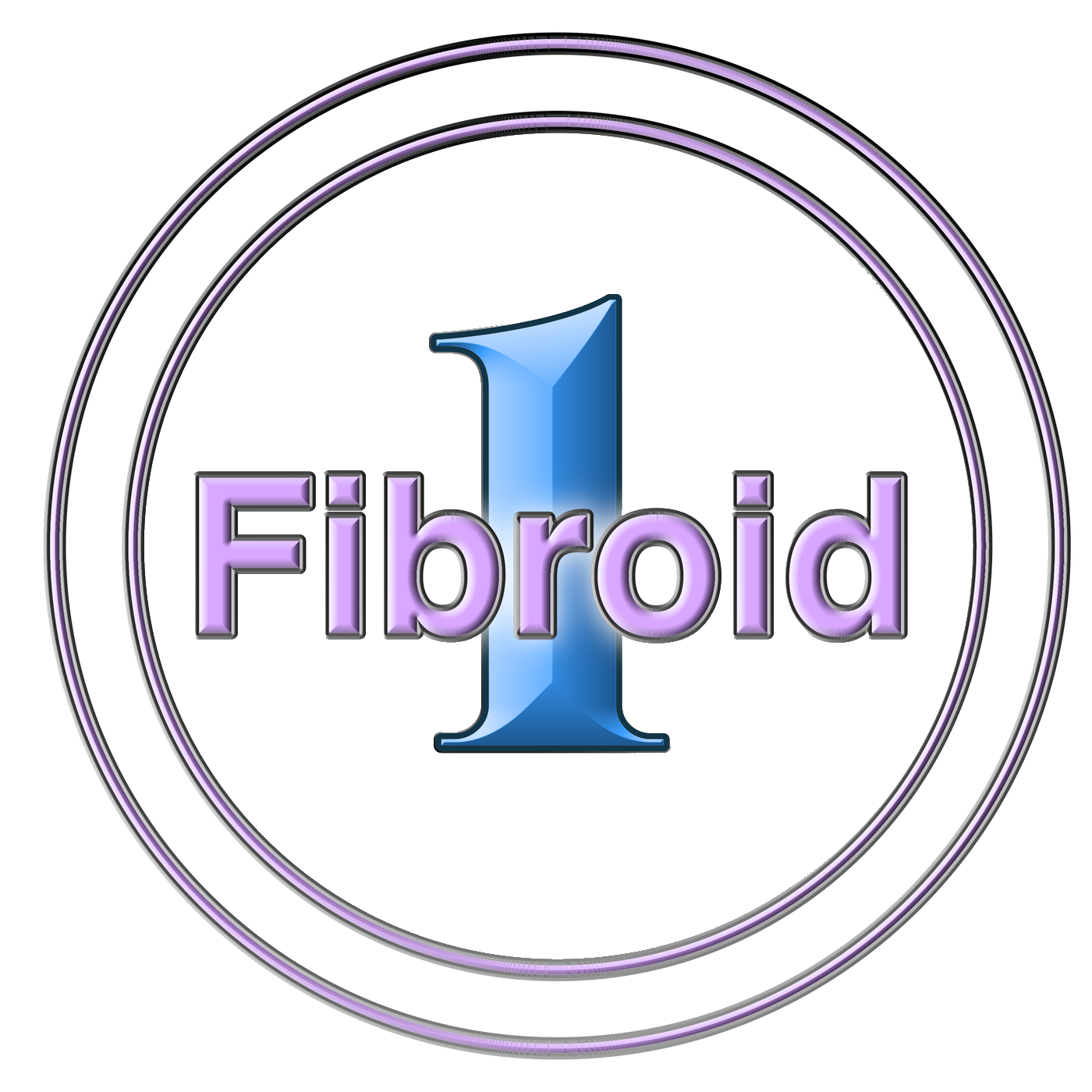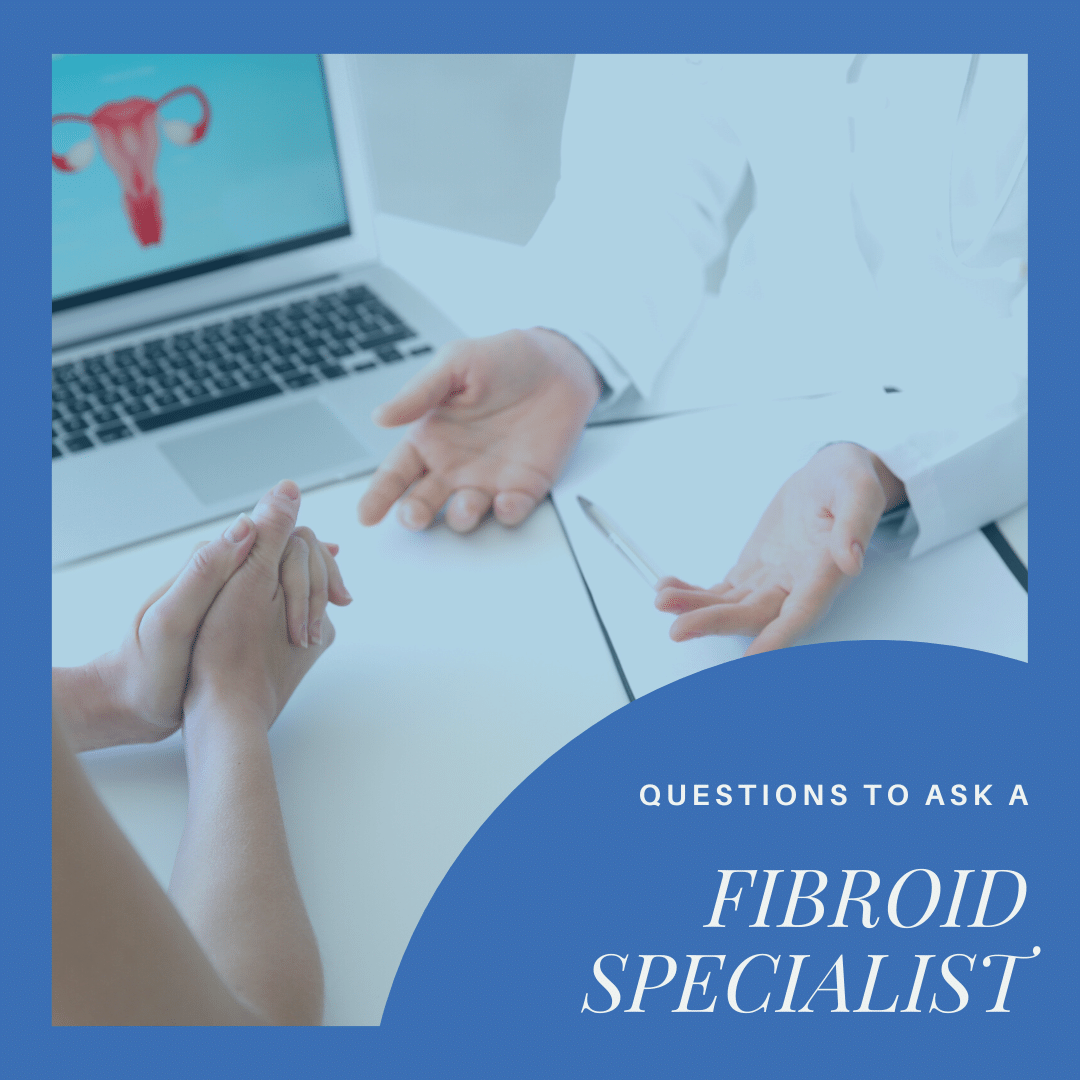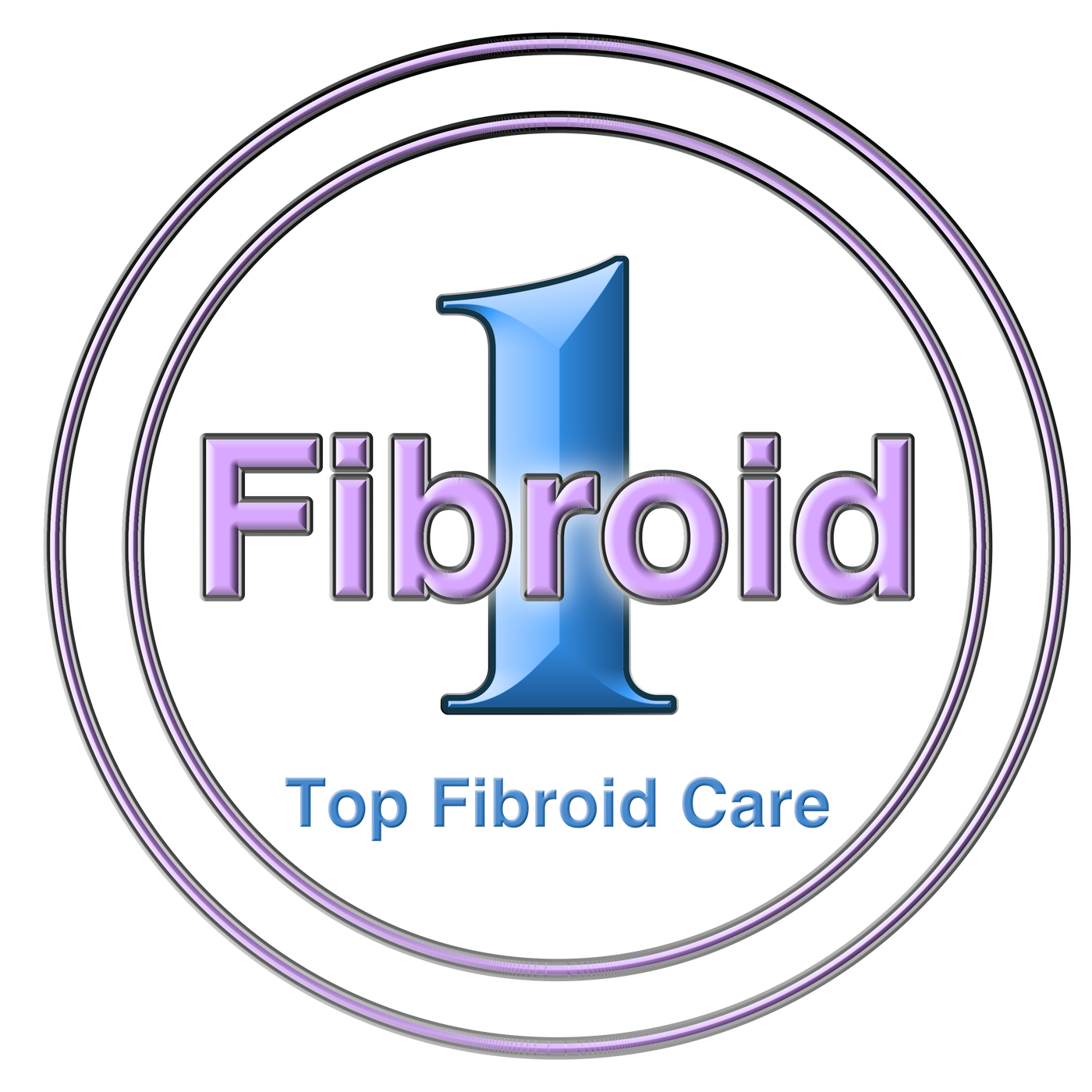If you’re like most women, the thought of uterine fibroids may not have crossed your mind until you started having symptoms. And if you’re like most women, once the word “fibroid” is mentioned by your doctor, a million questions race through your head. In this blog post, we will list some important questions to ask your fibroid specialist and discuss why each question is important.

What do fibroids look like?
This is important to know because fibroids can vary in size and appearance. Some fibroids are small and appear as benign lumps, while others are larger and may cause the uterus to enlarge. Some fibroids may also grow on small stalks or they may be inside or outside the uterus. If your specialist suspects fibroids, they will often use diagnostic imaging to confirm.
What is the difference between a fibroid and an ovarian cyst?
Fibroids are masses or lumps that grow in or on the wall of the uterus, while ovarian cysts are sacs or pockets of fluid that form on or inside the ovary. This is important to know because these are two separate issues that require different treatments.
What is a “large” fibroid?
A fibroid is considered large if it is 10 cm or more in diameter. This is important to know because larger fibroids can cause more symptoms and may require treatment. In some cases, large fibroids can cause the uterus to enlarge and may lead to fertility problems.
Are Fibroids Cancerous?
Existing fibroids cannot become cancerous and are generally not cancerous, but in some extremely rare cases they may be associated with uterine cancer. This is important to know because if you have fibroids, it’s important to have regular checkups with your gynecologist to ensure that there is no underlying cancer. However, the majority of fibroids are not cancerous and do not increase your risk for uterine cancer.

Can fibroids cause infertility?
This is important to know because some women with fibroids experience fertility problems. Fibroids can cause the uterus to become distorted, which can make it difficult for a fertilized egg to implant. Fibroids can also block the fallopian tubes, making it difficult for sperm to reach the egg. However, not all women with fibroids experience fertility problems.
What other issues can fibroids cause beside menstrual problems?
This is important to know because fibroids can cause a variety of symptoms, including pain, bloating, and constipation. Fibroids can also compress the nerves in the pelvic area, which can cause pain in the lower back, hips, and legs. In some cases, fibroids can also cause problems with bladder and bowel function, as well as an enlarged stomach.
What types of treatments are available for fibroids that preserve fertility?
This is important to know because some women with fibroids want to preserve their fertility. There are a variety of treatment options available, including medication, surgery, and uterine fibroid embolization (UFE). UFE is generally recommended because it can effectively shrink uterine fibroids and alleviate symptoms while preserving fertility.
How does recovery from UFE compare to recovery from myomectomy or hysterectomy?
Myomectomy is a surgical procedure that removes fibroids from the uterus. Myomectomy can be performed using a range of different techniques, including traditional surgery or laparoscopic surgery. Recovery time after myomectomy varies depending on the technique used, but typically ranges from four to six weeks.
Hysterectomy is a surgical procedure that removes the uterus. This is usually only recommended as a last resort for women with fibroids who have not responded to other treatment options. Recovery time after hysterectomy typically takes six to eight weeks. After a hysterectomy, women can no longer bear children.
Uterine fibroid embolization (UFE) is a minimally invasive treatment option for uterine fibroids. UFE is performed by a radiologist and involves the injection of small particles into the arteries that supply blood to the fibroids. This effectively blocks the blood flow to the fibroids and causes them to shrink. Recovery time after UFE is typically shorter than for other procedures, such as myomectomy or hysterectomy. Most women can return to normal activity within a week. UFE is also associated with fewer complications and side effects than surgery. When considering any type of treatment for fibroids, it is important to understand what options are available, as well as how these options compare to one another.
In Conclusion
In this blog post, we have discussed important questions to ask a fibroid specialist. These questions are important because they can help you understand your diagnosis and treatment options. If you are considering treatment for uterine fibroids, it is important to discuss all of your options with a fibroid specialist. These are just a few of the important questions to ask. By asking these questions, you can make sure that you are getting the best possible treatment for your individual needs. If you have any further questions, or if you would like to learn more about fibroids, please contact our office. We would be happy to discuss this topic with you in greater detail. Thank You!












